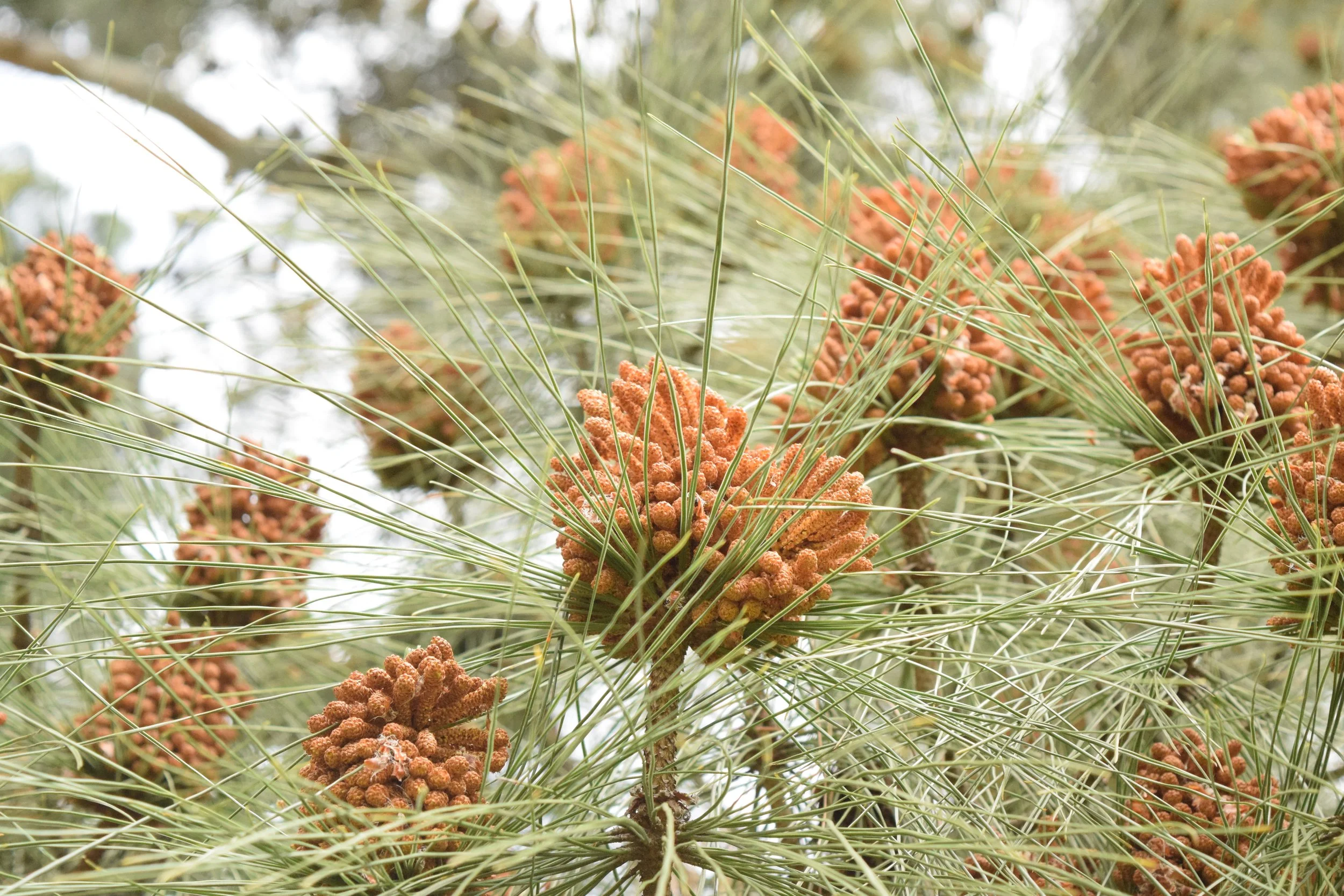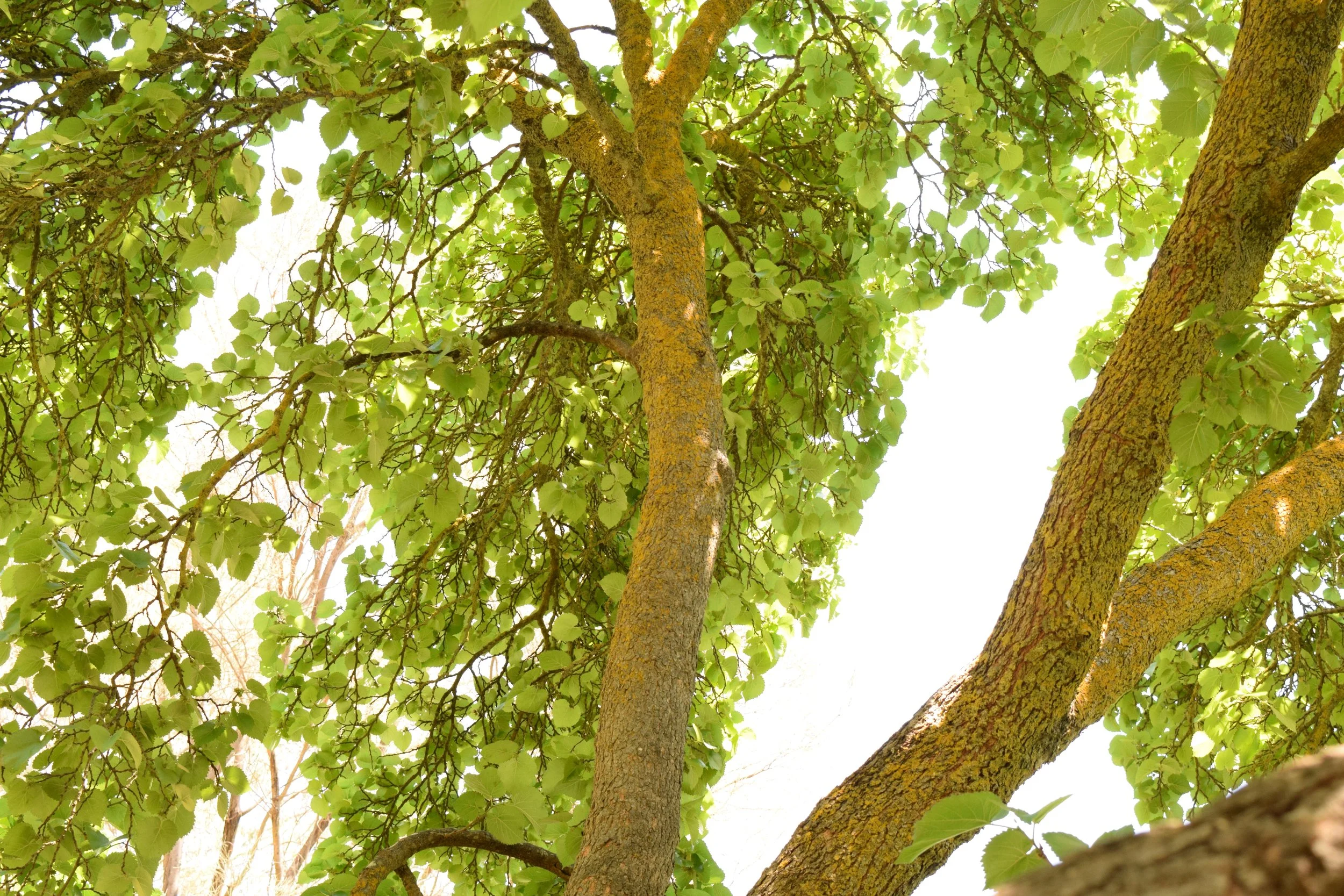A natural approach to tree care
Trees are highly organised and adaptive systems that dominate many terrestrial ecosystems. As such, they are perfectly capable of growing without human intervention. Indeed, the history of survival and growth leads to spectacular natural tree forms in nature. From thousands of wild tree species, only a selection of the most suitable species are widely planted in urban settings.
Nevertheless, planted trees coexisting with people in urban settings need certain interventions to thrive and avoid becoming costly hazards. The Old Growth philosophy is to select from natural diversity and to guide natural growth and form, while applying arboricultural practices that extend life and improve the utility of amenity trees from seed to senescence.
Reading trees
Trees wear their battle scars for years. In fact, trees don’t heal their wounds per se, they only grow over them or shed the damaged organ altogether. Past growth patterns and wounds therefore leave an imprint on the tree today, giving clues as to past management and failures. A range of clues suggest potential problems, from soil compaction and suffocation by inappropriate ground coverings, to girdling roots, inappropriate past pruning, mechanical damage, and pests and diseases.
Trees in the wrong place
Existing trees do not always fit in with our plans for a site, and some trees are too big for their location, are considered invasive, or pose risks via allergies, failures or infrastructure damage through vigorous growth. Urban trees that pose hazards or that don’t improve the environment of people are sometimes better off being removed. It is the balance of benefits, risks and costs that ought to be considered.
Pruning
Careful monitoring and maintenance can extend tree longevity and health and reduce risk of limb failure, delaying heavy costs associated with tree removal. Typical pruning operations include:
Removing diseased and decaying limbs
Weight reduction to reduce risk
Formative pruning to prevent bracing, weak attachments and bark-included junctions
Allowing clearance for people, cars and infrastructure
Directing healthy future growth and managing competition among branches and trees.
Formative pruning is best in youth, when cuts can be sealed quickly with active defences and occluded within a season. Overzealous pruning can lead to a proliferation of inwards-directed, poorly attached growth – or masses of water sprouts that need endless maintenance. It can even lead to decay and, ultimately, the demise of the tree.
A patient, low-impact approach is better for trees. And cheaper! Sometimes more radical operations are needed to treat diseased limbs or redirect growth. Pruning can have negative effects including hydraulic disfunction and infection while removal of too much photosynthetic leaf area reduces the tree’s supply of carbohydrate.
The real result of pruning is the growth response. Heavy pruning and topping looks impressive in the short term but stresses the tree, causing it to draw on reserves, and can lead to a proliferation of weakly attached adventitious branches that risk future decay and over-loaded branches that need even more pruning in subsequent seasons.
The Pruning Hierarchy
In the urban environment, safety comes above other considerations in pruning decisions. However, maintaining tree health and natural form from the outset through formative pruning is central to nurturing a tree that is beautiful and safe.
A tree cannot be pruned according to a cookbook any more than a doctor can treat a patient according to a user manual. Nevertheless, we can develop sound principles according to the pruning hierarchy, choosing the path of minimal interference:
No pruning over pruning
Don’t prune for pruning’s sake
Few cuts are preferable to many cuts
Choose small cuts over large cuts
Choose subordination over removal
Choose reduction over opening the wood
Wait for the tree to offer a path
Cuts over time are better than cuts all at once
Opening the heartwood is to be avoided
Opening the sapwood is to be minimised
Redirecting branch flow is superior to lopping
Natural form over artificial form
Formative pruning is critical
Maintain the crown – opening leads to water sprouts, photoinhibition & sun burn
Patience is preferred to quick results
Don’t open a tree in the wet
Don’t open a tree in the heat
Encourage innate natural pruning
Allow the tree to re-draw nutrients during cladoptosis
Employ drastic measures where warranted for safety, branch recruitment or palliative care
A branch that is ultimately unwanted can still perform a job in the meantime
In other words, a branch is needed until it is not needed.



